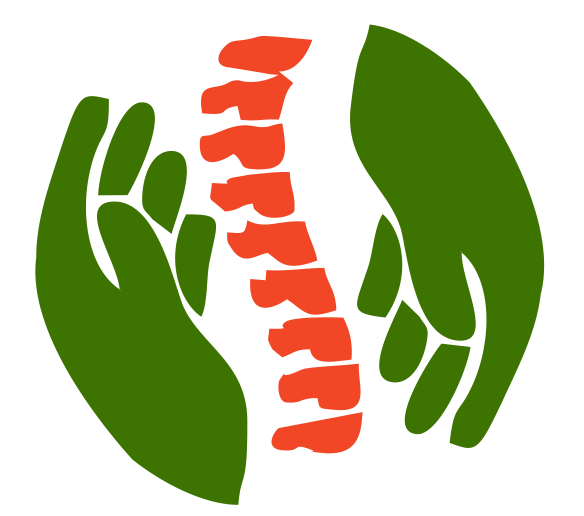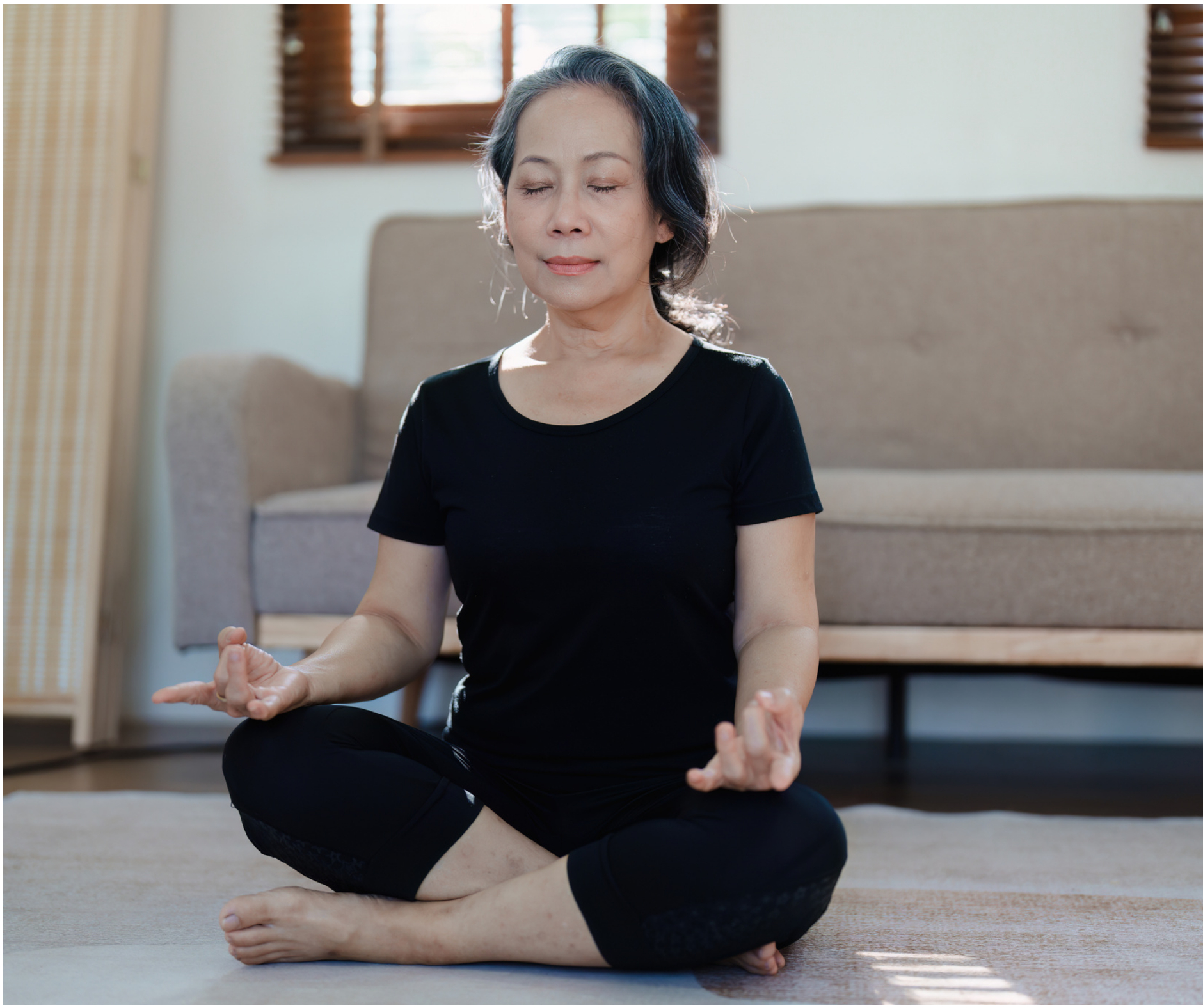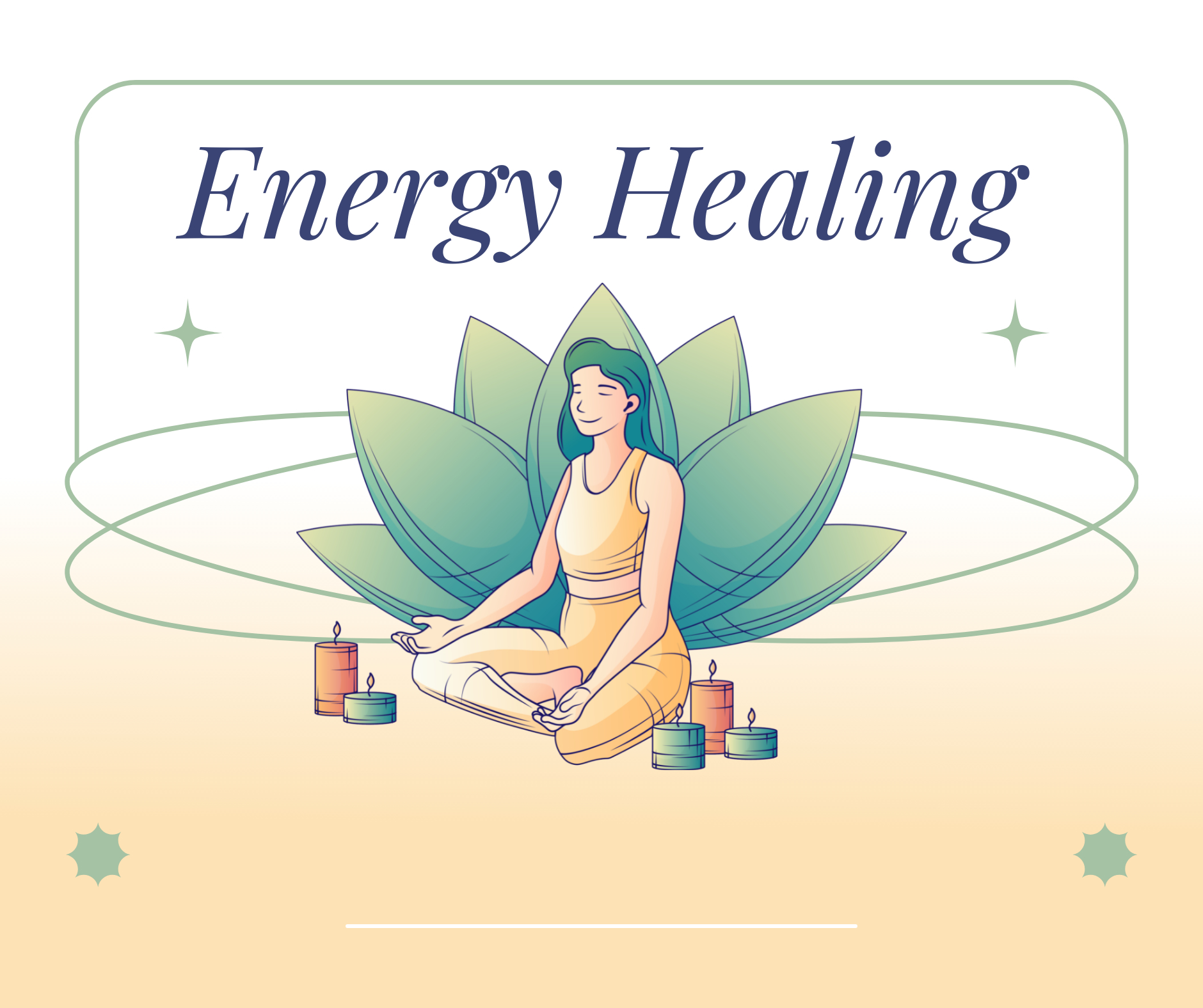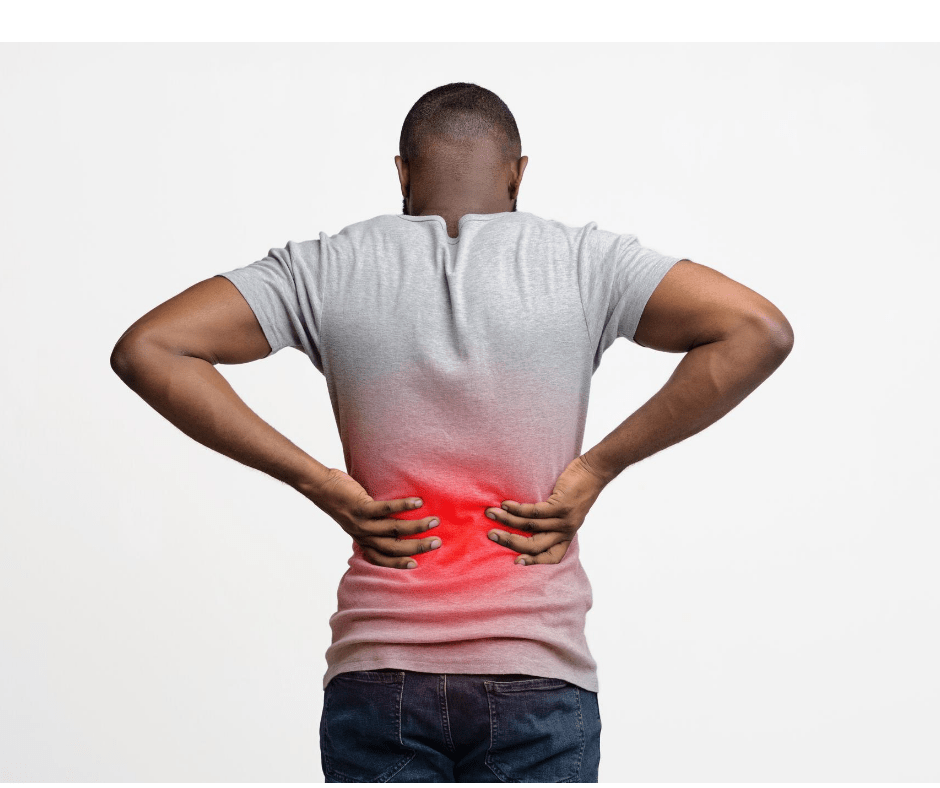Chiropractor vs. Massage for Lower Back Pain: Which Is Right for You?
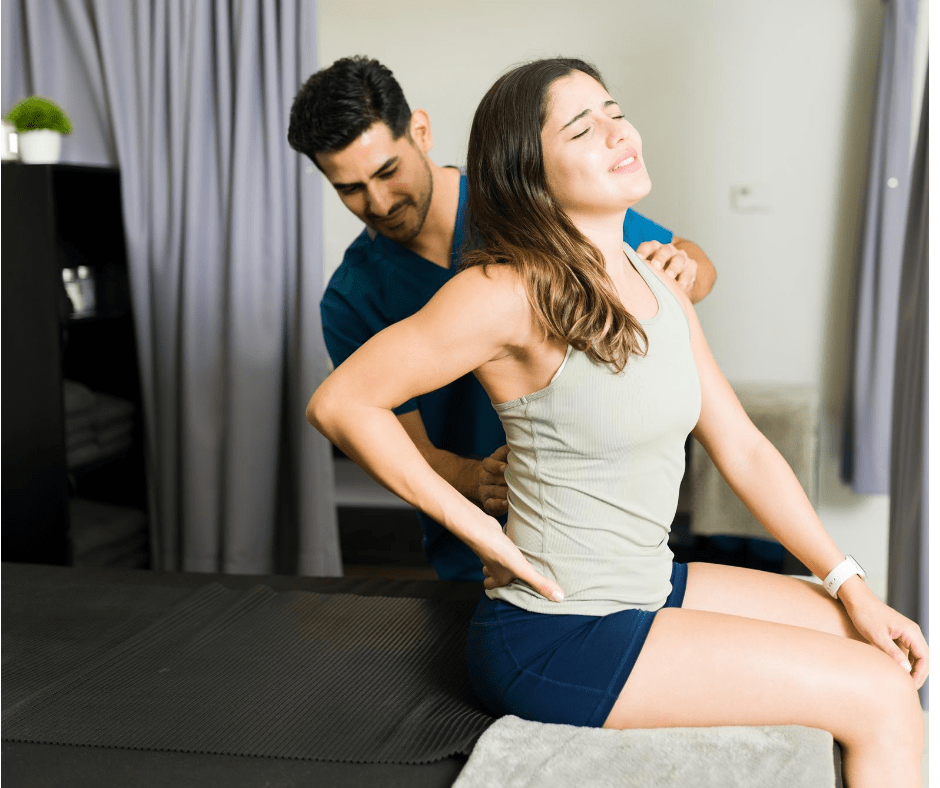
Lower back pain is a pesky problem that millions of Americans deal with every day. Whether it’s from sitting at a desk too long, lifting something heavy the wrong way, or just the wear and tear of life, it can make even simple tasks feel like a chore. If you’ve been searching for relief, you’ve probably come across two popular options: seeing a chiropractor or getting a massage. But which one is better for you? Let’s dive into the nitty-gritty of chiropractors versus massage therapy for lower back pain, breaking it all down so you can make an informed decision.
Introduction: The Battle of Back Pain Relief
Lower back pain is no stranger to most of us. In fact, the American Chiropractic Association estimates that about 31 million Americans experience it at any given time. That’s a lot of achy backs! When the discomfort sets in, the instinct is to find something—anything—that works. Chiropractic care and massage therapy often top the list because they’re non-invasive, drug-free, and widely available. But they’re not the same, and what works wonders for one person might not do the trick for another.
In this article, we’ll explore how chiropractors and massage therapists approach lower back pain, what science says about their effectiveness, and how to decide which one fits your needs. Think of this as your friendly guide to navigating the world of back pain relief—written by someone who’s done the homework so you don’t have to.
What’s the Deal with Chiropractic Care?
How It Works
Chiropractors are all about alignment. They focus on the spine and nervous system, believing that if your spine is out of whack, it can cause all sorts of problems—including that nagging lower back pain. Their go-to move? The spinal adjustment. It’s a quick, controlled thrust to a specific joint in your spine, often accompanied by a satisfying “crack.” The goal is to improve spinal mobility, reduce nerve irritation, and help your body function better overall.
Beyond adjustments, chiropractors might use other tools like heat therapy, electrical stimulation, or exercises to strengthen your back. They’re like detectives, looking for the root cause of your pain—whether it’s a misaligned vertebra, poor posture, or an old injury.
The Evidence
So, does it work? Studies say yes, for many people. A 2017 review in the Journal of the American Medical Association found that spinal manipulation (the chiropractor’s bread and butter) can provide moderate relief for acute lower back pain—pain that’s lasted less than six weeks. Another study from Spine Journal in 2018 showed that chiropractic care, when combined with exercise, reduced pain and disability more effectively than medication for chronic cases.
Take Sarah, a 38-year-old office worker from Ohio. She’d been battling lower back pain for months from hunching over her computer. After a few sessions with a chiropractor, she noticed her posture improving and the pain easing up. “I didn’t realize how much tension I was carrying until it was gone,” she said. Stories like hers aren’t uncommon, but results can vary.
Pros and Cons
Pros: Chiropractic care targets the spine directly, can provide quick relief, and often includes a holistic plan with exercises or lifestyle tips.
Cons: Adjustments can feel intense, and if not done by a skilled pro, there’s a small risk of discomfort or, rarely, injury. It’s also not a one-and-done fix—multiple visits are usually needed.
Massage Therapy: Kneading Out the Pain
How It Works
Massage therapy takes a softer approach—literally. It’s all about manipulating your muscles, tendons, and ligaments to release tension and boost relaxation. For lower back pain, a massage therapist might use techniques like deep tissue massage to dig into tight spots or Swedish massage for a gentler, stress-busting session. The idea is to improve blood flow, reduce muscle stiffness, and calm your nervous system.
Massage isn’t just about feeling good (though that’s a big perk). It’s a hands-on way to address the soft tissue issues that often contribute to back pain, like knotted muscles or inflammation from overuse.
The Evidence
Research backs massage too. A 2011 study in Annals of Internal Medicine found that massage therapy—especially when done weekly for 10 weeks—significantly reduced pain and improved function in people with chronic lower back pain. The effects even lasted up to six months for some participants. Another 2017 study in Pain Medicine showed that massage outperformed usual care (like painkillers) for short-term relief.
Consider Mike, a 45-year-old construction worker from Texas. After years of heavy lifting, his lower back was a mess. Regular deep tissue massages helped him loosen up and move better. “It’s like someone hit the reset button on my muscles,” he said. That said, massage doesn’t fix structural issues like a chiropractor might.
Pros and Cons
Pros: It’s relaxing, reduces muscle tension effectively, and feels great. Plus, there’s almost no risk involved.
Cons: It might not address deeper spinal problems, and relief can be temporary unless you keep up with sessions.
Head-to-Head: Chiropractor vs. Massage
The Approach
Here’s the big difference: chiropractors zoom in on your spine and skeletal structure, while massage therapists focus on your muscles and soft tissues. If your pain stems from a misalignment (say, a herniated disc or poor posture), a chiropractor might be your MVP. But if it’s tight muscles from stress or overexertion, massage could steal the show.
Speed of Relief
Chiropractic adjustments can offer fast results—sometimes you’ll feel better right after a session. Massage tends to build relief over time, especially for chronic pain, as it loosens things up gradually.
Cost and Commitment
Both vary widely, but here’s a ballpark: chiropractic visits might run $50–$100 per session, often with an initial exam costing more. Massage can range from $60–$120, depending on the type and length. Insurance might cover chiropractic care more often than massage, so check your plan.
Long-Term Benefits
Chiropractors often aim for lasting change by correcting alignment and teaching you how to maintain it. Massage is more about ongoing maintenance—keeping those muscles happy. Combining both could be a winning combo for some.
What Do the Experts Say?
Dr. John Smith, a chiropractor with 15 years of experience in Atlanta, explains, “Chiropractic care is ideal when there’s a mechanical issue—like a joint not moving right. But if the pain is purely muscular, massage can be just as effective, if not more so.” On the flip side, Lisa Carter, a licensed massage therapist in Seattle, says, “Massage shines at reducing stress-related tension, which is a huge factor in back pain. It’s not a cure-all, but it’s a powerful tool.”
The consensus? It depends on why your back hurts. A 2020 survey by the National Center for Complementary and Integrative Health found that 62% of adults with back pain tried chiropractic care or massage—and most reported at least some relief.
How to Choose: A Simple Guide
Not sure where to start? Ask yourself these questions:
- What’s causing my pain? If it’s from an injury or feels “stuck,” try a chiropractor. If it’s stress or soreness, go for a massage.
- How do I feel about hands-on care? Adjustments can be jarring; massage is gentler.
- What’s my budget and schedule? Both require time and money—pick what fits your life.
- Do I want a quick fix or a slow unwind? Chiropractic might zap pain faster; massage eases it out.
Still torn? See your doctor first. They can rule out serious issues (like a fracture or infection) and point you in the right direction. Imaging, like an X-ray, might help too if the pain’s a mystery.
Conclusion: Your Back, Your Choice
When it comes to chiropractors versus massage for lower back pain, there’s no one-size-fits-all answer. Chiropractic care offers a structural fix with a focus on alignment, backed by solid evidence for acute and chronic pain. Massage therapy brings muscle relief and relaxation, with research showing it’s a champ for tension-driven aches. Both are safe, effective, and worth a shot—sometimes even together.
The real key is listening to your body and digging into what’s behind your pain. Chat with a pro, weigh your options, and don’t be afraid to experiment. After all, relief is out there—you just need the right tool to find it. So, will it be the crack of a chiropractor’s adjustment or the soothing glide of a massage? Your back’s counting on you to decide.
